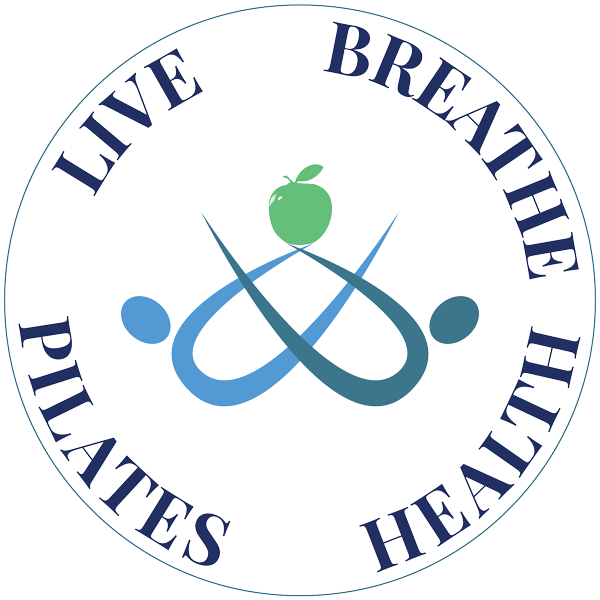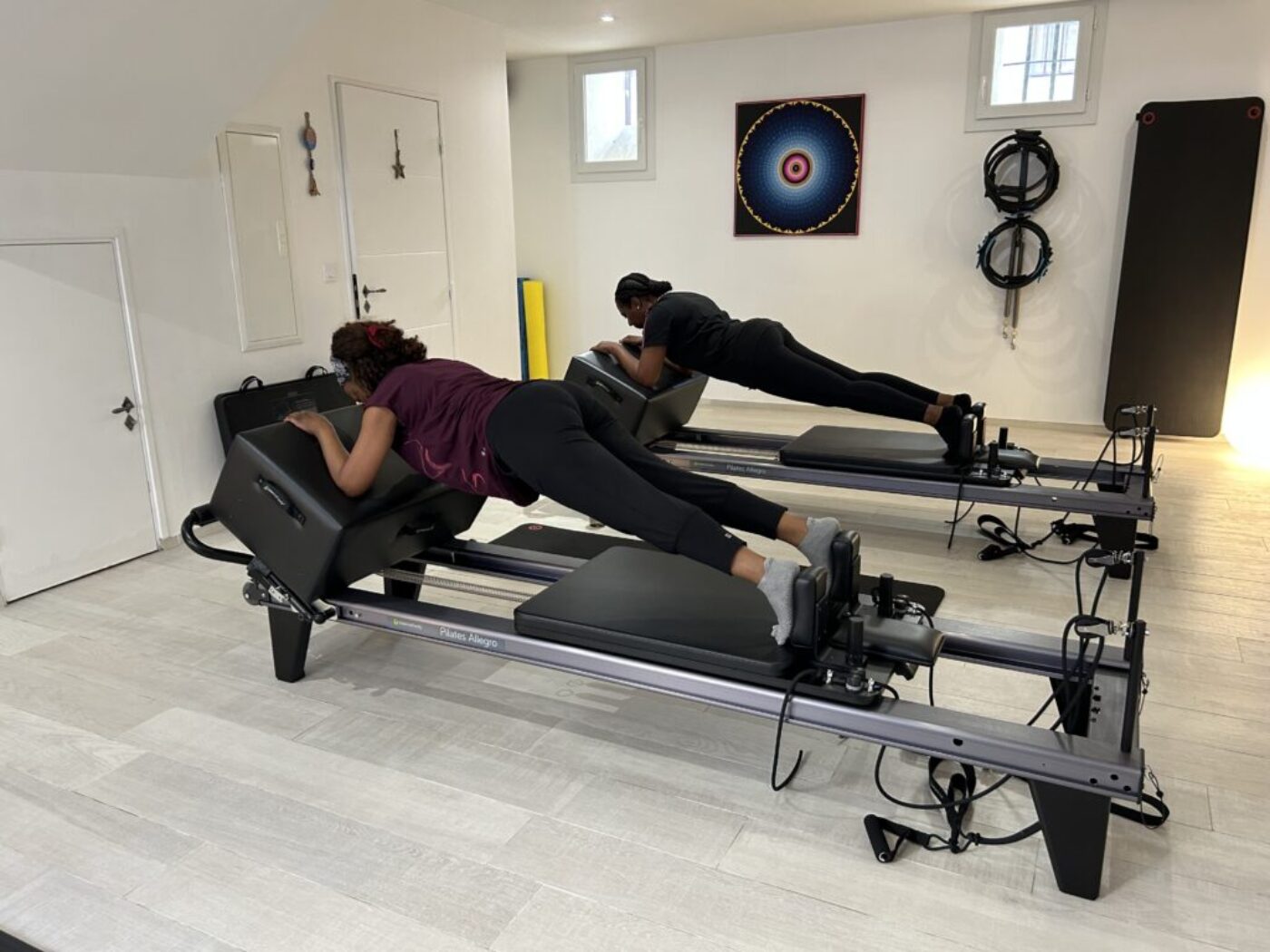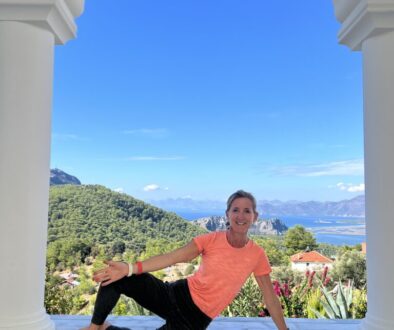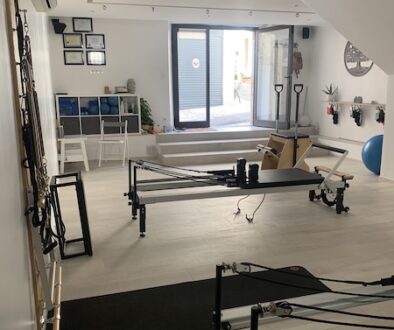Why is it important to maintain/grow muscle as we age? Is Pilates considered strength training?
There is a lot of talk around these days about the importance of not losing muscle mass as we age. Indeed, from as young as 30 years of age we start to lose muscle mass, and it is important on so many levels to stay strong as we get older – apart from the obvious musculoskeletal aspect and improved balance, our muscle mass also impacts our immune system, cognitive health and even our hormones. (for a really interesting discussion that goes deeper into this, click here to listen to an excellent podcast on the Liz Earle Well-being show (on Apple or Spotify)…I really think it is a must-listen to any of us wanting to get stronger and fitter as they age!)
Building muscle as we get older offers numerous benefits beyond just the aesthetic. It can prevent falls, enhance physical performance, improve bone density, boost metabolism, increase mobility, and certainly enhances our mental well-being.
Pilates on the mat using our body weight, or resistance bands, balls and circles is one great way to maintain and reduce the loss of muscle mass. Pilates on the reformer (and/or other apparatus) can be considered as strength training due to the way the resistance of the springs challenges, stresses (in a good way) and loads the muscles while stabilising the core at the same time, creating a lean and strong body, and in particular strength in the end of range of movements, which really helps to prevent injuries. A few weeks/months into starting Pilates, people often tell me that they have noticed feeling different in their bodies (before they notice the visible changes of a more toned physique) – they observe less back pain and neck soreness, comment that they feel taller and straighter, as their posture starts to improve with better alignment, stronger core and glutes, helping the body to hold itself straighter, and move like it is designed to, properly supported.
However, if you are looking for muscle hypertrophy – that is, building bigger muscles, it is a good idea to add in some classic weight training too, but remember that not all strength gained in the gym translates to strength in real life – an example of how the different types of strength can look is someone who lifts weights might be able to squat 200kg, but are unable to do many reps of a side-lying leg extension in a mat class, while someone who does Pilates may not be able to lift heavy weights but can hold isometric moves (such as planks!) much longer 😉
Pilates will help complement your strength building or hypertrophy training because you will be able to connect with the muscles that you’re training in a deeper way. The better mind-body connection that you have, the more you will be able to strengthen the muscles you are trying to target.









